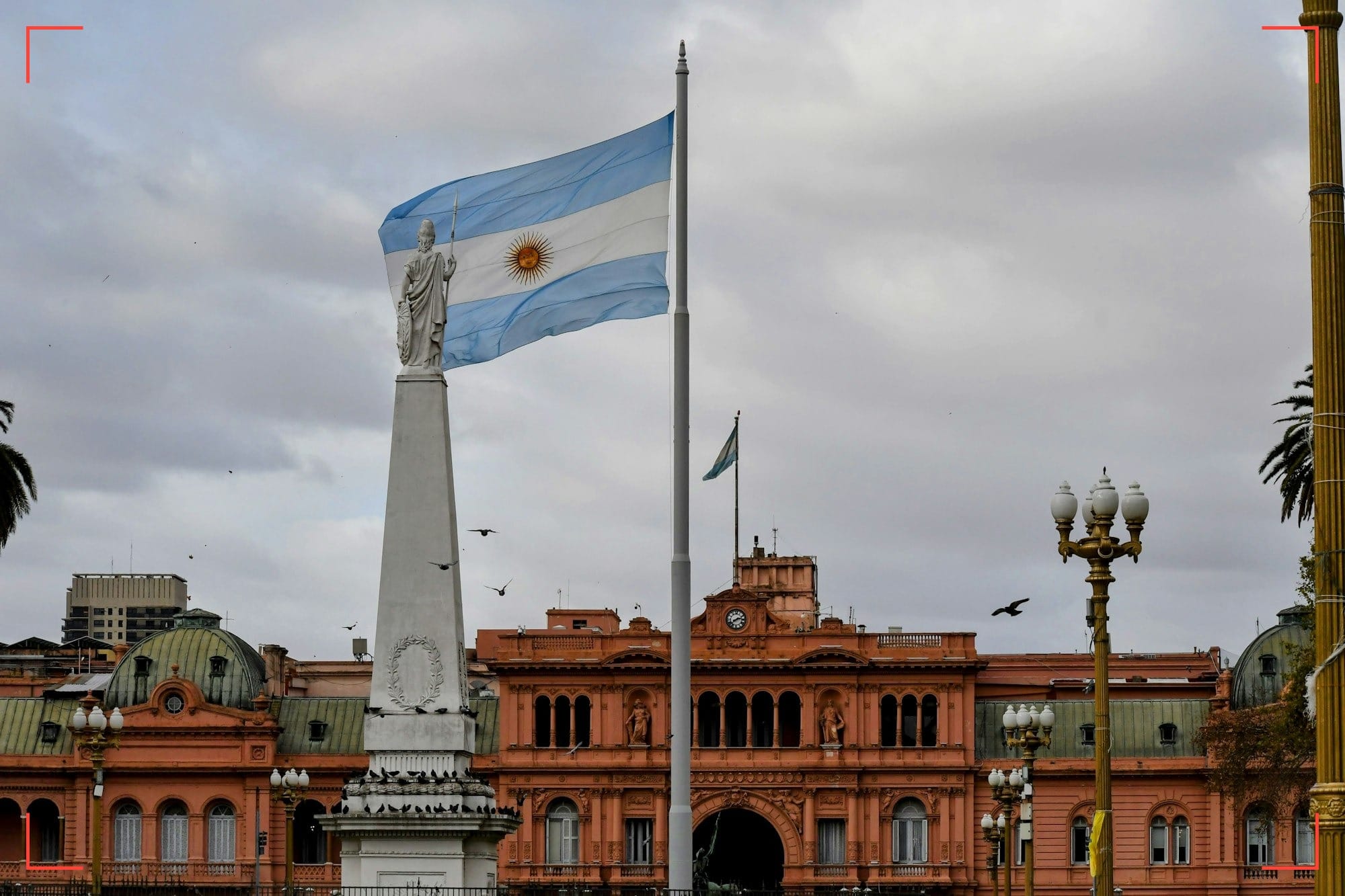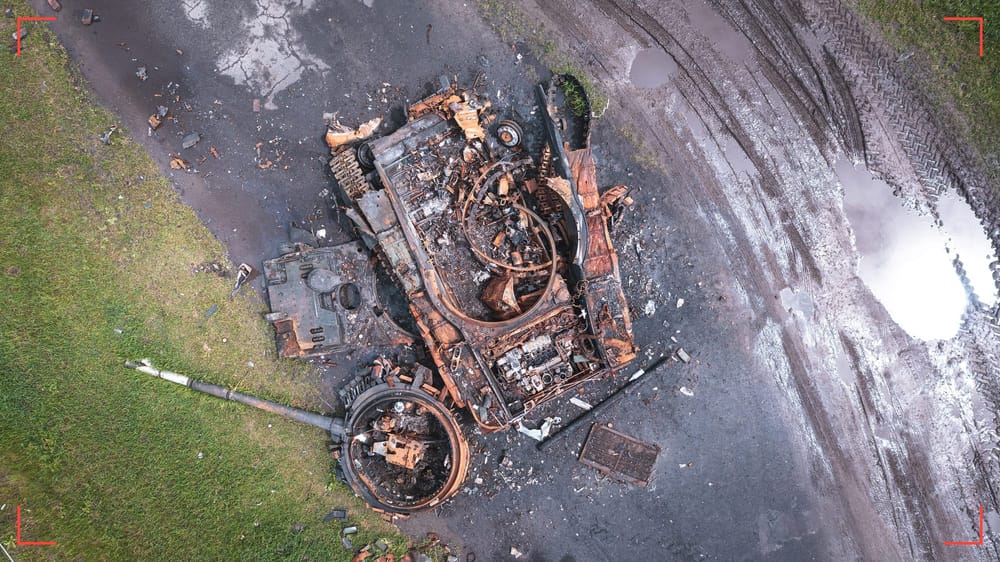Argentina’s Global Gas Markets SpecialREPORT JUL 2025
Argentina’s Emerging Role in Global Gas Markets
Report Details
Initial Publish Date
Last Updated: 05 JUL 2025
Report Focus Location: South America
Authors: DA
Contributors: GSAT
GSAT Lead: MF
RileySENTINEL provides timely intelligence and in-depth analysis for complex environments. Our global team blends international reach with local expertise, offering unique insights to navigate challenging operations. For custom insights or urgent consultations, contact us here.
Key Findings
- Vaca Muerta now accounts for 58% of Argentina’s oil and 74% of its natural gas output, solidifying its status as the country's top energy asset.
- Operational activity declined sharply in May–June 2025, with a 24% drop in fracking stages and reductions in rig deployment and completions.
- A polar cold snap in late June 2025 exposed gas infrastructure vulnerabilities, forcing emergency cuts to industrial and CNG users due to plant failures.
- Environmental risks are intensifying, with over 3,000 fracking wells near water sources or population centers and limited transparency on wastewater disposal.
- Falling global oil prices and Argentina’s macroeconomic volatility have raised investor uncertainty, affecting both upstream operations and infrastructure projects.
- Argentina signed a July 2025 gas export deal with Paraguay, boosting prospects for a multimodal corridor linking the Atlantic and Pacific via the Southern Cone.
- LNG projects by YPF, Tecpetrol, and Pan American Energy signal continued private sector confidence, despite financial and regulatory hurdles.
- Neuquén’s fiscal outlook is cautious, with 60% of its revenues tied to volatile hydrocarbon royalties.
- Infrastructure projects like the Perito Moreno pipeline and Gasoducto Norte reversal are central to long-term market access and energy diplomacy.
- Despite near-term instability, Vaca Muerta retains strong long-term fundamentals, with 308 Tcf of recoverable gas and 16 billion barrels of oil.
Summary
This SpecialREPORT examines the evolving dynamics of Argentina’s Vaca Muerta shale formation as of mid-2025. Once hailed as a cornerstone of the country's energy future, Vaca Muerta is experiencing both record-setting production and mounting operational challenges. The formation now supplies the majority of Argentina’s oil and gas, positioning the country as a leading unconventional energy producer in the Southern Hemisphere. However, recent months have seen a sharp slowdown in activity due to falling global oil prices, infrastructure bottlenecks, and economic uncertainty.
Environmental and regulatory pressures are also intensifying. With over 3,000 wells located near water sources or communities, and growing scrutiny over wastewater management, civil society and international observers are demanding greater accountability from both companies and regulators.
Amid these challenges, Argentina is pursuing strategic opportunities to reposition Vaca Muerta as a regional export hub. A July 2025 gas deal with Paraguay and continued LNG project development reflect this ambition. Yet the path forward remains complex—requiring a delicate balance between energy security, environmental sustainability, and economic stabilization. This report provides a comprehensive overview of current events, background context, and the outlook for one of the world’s most consequential shale basins.
Remaining content is for members only.
Please become a free member to unlock this article and more content.
Subscribe Now






